



















If you’re reading this, it’s too late.
They know you have Vertigo: Conspiracy in your soft, vulnerable hands.
Read this magazine behind locked doors. Throw your phone away, cover your laptop camera. Unplug your microwave and check your lightbulbs. They’re coming.
Read quickly.
This document contains sensitive information. No one is to be trusted with these words. The university will lie to you. Your friends and family are not who they say they are. The only truth is Vertigo.
Why is student accommodation in crisis? How is the omnipotent algorithm destroying our brains
AND faces? Who are the shadowy hands pulling its strings? Why is dating a scam? Marriage, too? Where is UTS taking $100 million from, and where are they putting it? These pages of Vertigo get scandalous, suspicious and saucy.
Conspire against the systems around us – they are conspiring against you. If you see, hear, or experience something that makes your stomach churn, investigate it. Tell people what you discover. Hold those in power accountable.
Our world is a conspiracy.
Vertigo will set you free..


























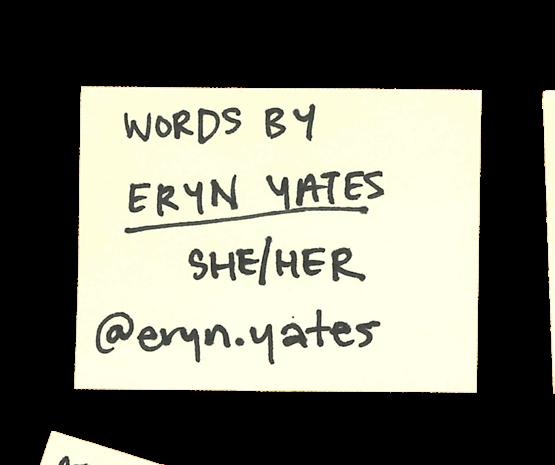



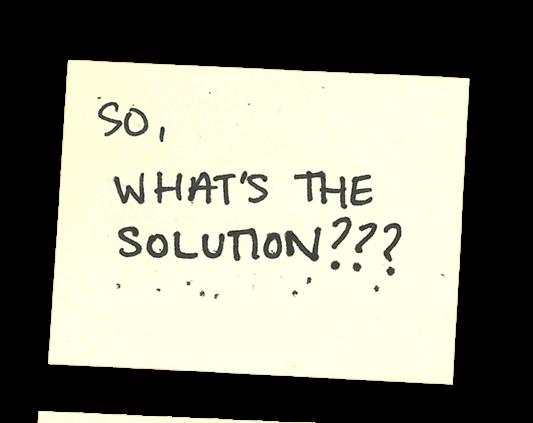




Is She Weird - Pixies
Cocaine Socialism - Pulp
I Might Be Wrong - Radiohead
Prison Song - System Of A Down
Bull In The Heather - Sonic Youth
Tomorrow Never Knows - The Beatles
Organization & Classification - WILLOW
Who Will Survive In America - Kanye West
Red Right Hand - Nick Cave & The Bad Seeds
Murder Suicide Meteor Slave - Jeff Buckley



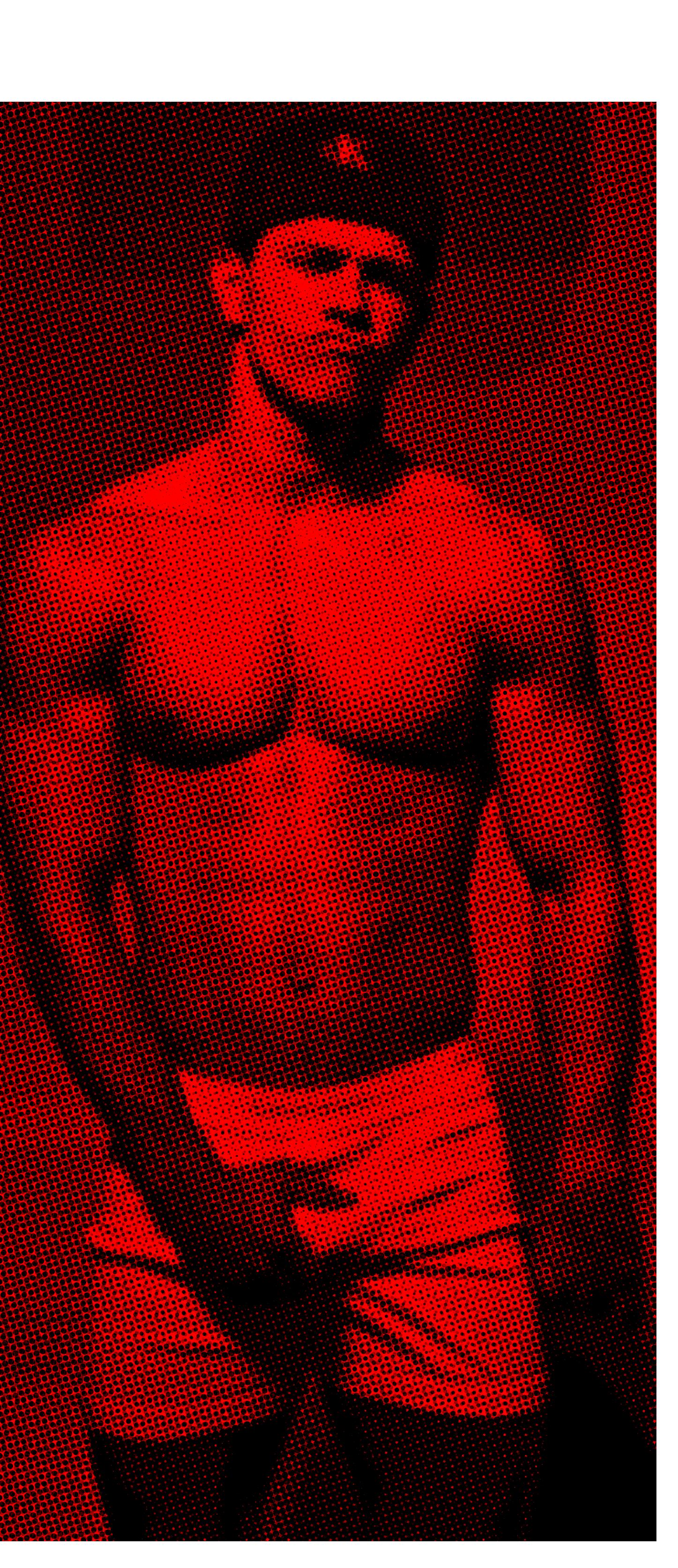
Words by Euan Kielly @euankielly (he/him)

Fitness content on social media for many has become tumour-like on our feeds for years now, with some major changes along the way. The online bodybuilding space is an especially volatile example of this, reflecting the progression of men’s body standards in popular culture. We’ve seen this with the “Aesthetics” movement, coined by infamous gyminfluencer, Zyzz. For the most part, the online gym and bodybuilding community has been a hyper-masculine sector of the internet that funnels watchers into other cesspools of toxic masculinity, such as the red-pill movement. However, in spite of their unwavering hyper-masculine ideals, they are still subject to the damaging impact of the patriarchy in regard to body dysmorphia.
With the personalisation that comes with TikTok and Instagram, gym content isn’t just about exercise anymore—it’s about establishing an aesthetic or adhering to a popular one.
Bodybuilders have become so deeply idolised on the internet due to this aestheticisation, with their fandoms of online gym bros expressing great loyalty to both their workout routines and their ideologies surrounding gym progression. For many, this is part of the inspiration — but there is most certainly a much darker side to this idolisation that has been fuelled by the community’s digital expansion.
Many right-wing extremist groups use the appeal of gym-bro aesthetics and connotations of strength and domination to push patriarchal and often white supremacist values, co-opting bodybuilding lingo regarding motivation and genetics. The manipulation of bodybuilding terminology is quite prevalent online, not just in the bodybuilding space, but more broadly. Aside from the more obvious instances of misinformation over exercises, the discourse around dieting and nutrition has generated a plethora of harmful content. This is symbiotic with the “looks-maxxing” trend that stems from
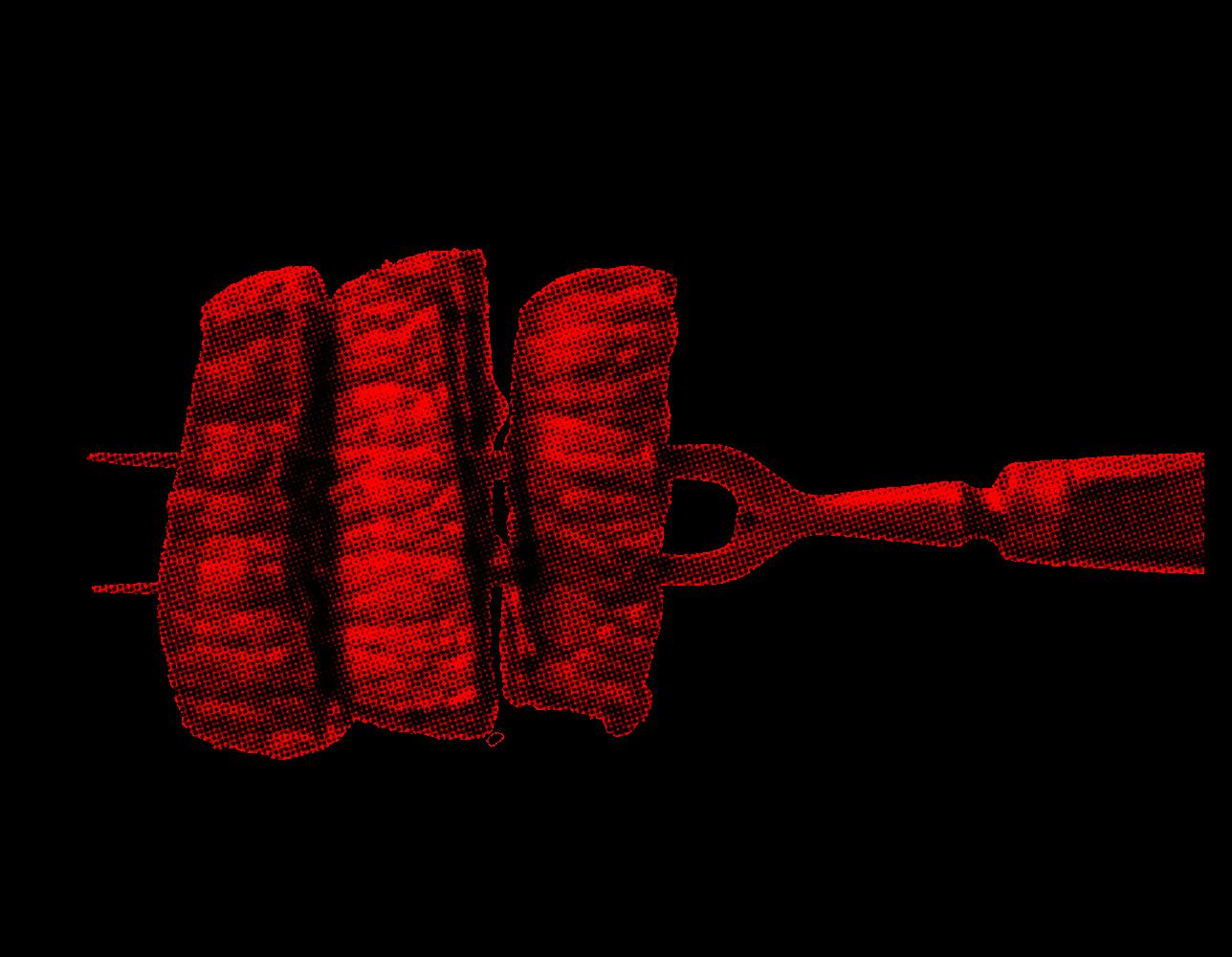
ing on social media has long existed, as the sport of bodybuilding becomes more mainstream, so too do the pre-existing issues with the sport.

Many larger bodybuilding influencers have described the current influencer landscape as incredibly saturated, at the detriment of effective bodybuilding information. This has pushed many younger gym goers to place more value on smaller creators, on the basis of their aesthetic and body goals. This has only exacerbated a well-established epidemic of fitness advice’s ‘validity’ being based on the physical attributes of those distributing it.
Putting such emphasis on another’s body as a goal inevitably generates unrealistic body standards akin to the 90s-to-early2000’s era of modelling advice that encouraged ideals of disordered eating. With the aesthetics of that era being re-explored through fashion, the harmful standards have returned as well, particularly with a focus on the male body, increasing the prevalence of both orthorexia and anorexia resultantly.
These current types of disordered eating content coincide with the two primary phases of bodybuilding dieting: bulking and cutting. However, what is consistently being left out by influencers, is that bodybuilding is not a casual sport, but a full time commitment. The normalisation of this type of exercise structure is as harmful as it is delusional. This extreme end of a high-commitment activity is justified as a masculinist rite of passage that thrives on misinformation.

- amongst men. On a more casual basis, this is where we find the trends of wooden chopping board meals that prioritise protein via animal products, eerily echoing 2000’s dieting trends.



What this shows is that these trends are primarily just masculine retellings of harmful “feminine” dieting practices, rebranding them to avoid perceived emasculating connotations.

This link has been drawn to numerous trends in the post-Covid bodybuilding landscape, such as the “lean is law” slogan sounding practically identical to “nothing tastes as good as skinny feels,” and the hyperfixation on zero-sugar carbonated drinks as a ‘cheat-code’.
The focus on different parts and their dimensions as a measure of success is also part of this, creating body-standards without consideration for genetics and potential steroid usage.



The similarity of these trends is that, overwhelmingly, the patriarchy has such a vice-grip on the fitness industry as a product that the industry is barely able to progress past. These contemporary practices are just rebrands of trends worn out by past generations. If anything, the resurgence in these practices prove the current ineffectiveness of bodybuilding, culturally, in doing anything other than regurgitating toxic

Design by Jonnie Jock
@jonniefuckingjock
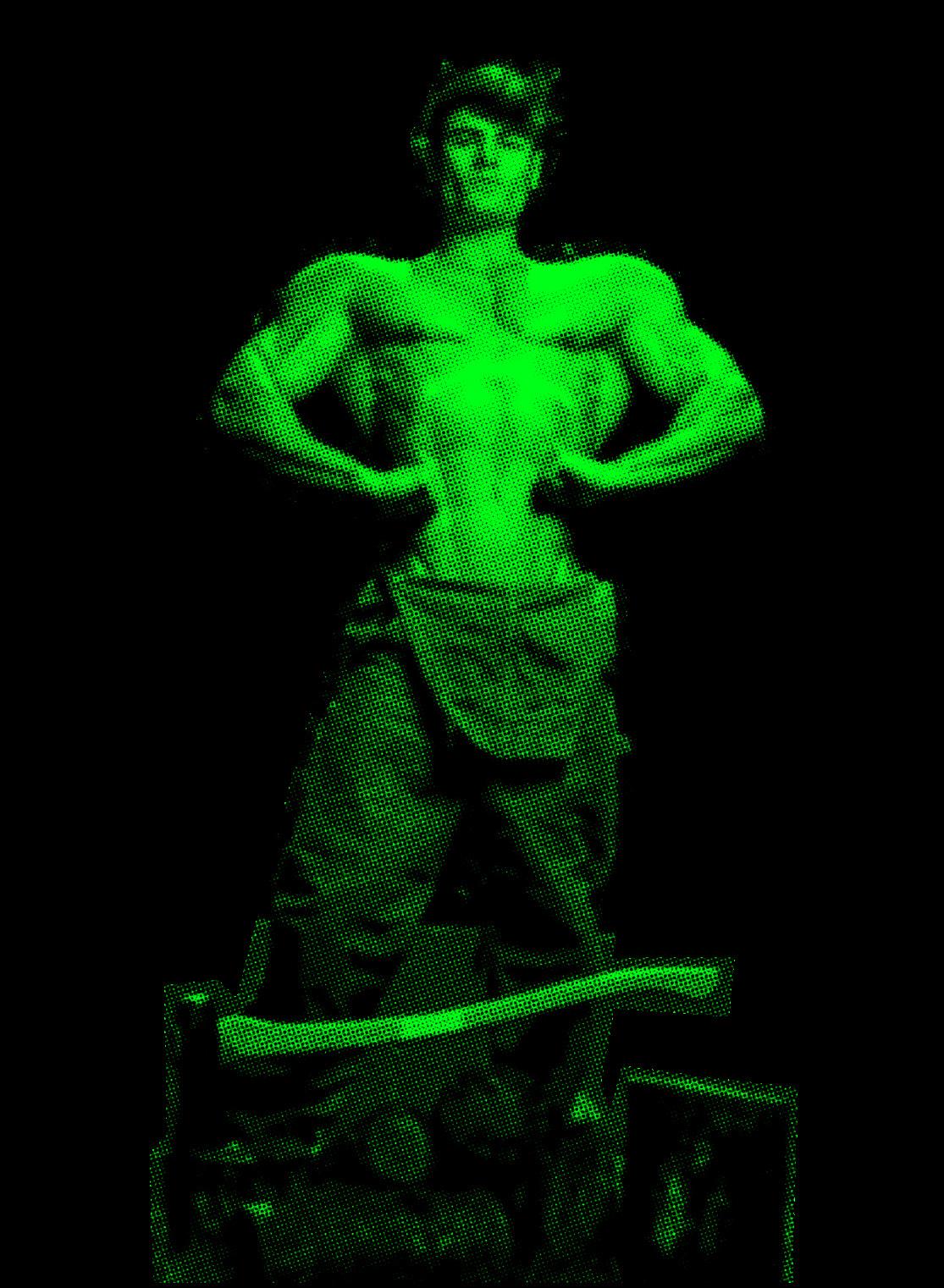


By Mannix Thomson

Creative Industries proposes merging the Design, Architecture and Building (DAB) faculty with the Faculty of Arts and Social Sciences (FASS) — turning these former faculties into ‘schools’ of their respective subject matter.
Instantly, I hear you ask, “If FASS ceases to become a faculty, and instead becomes a school, will its acronym change to SASS? Or will it simply drop the F and run with ASS?”. Although your question was stupid, you’ve stumbled onto an interesting point, which is that currently, no one knows.
Staff are now referring to this new mega faculty as ‘Faculty TBC’, according to Dr Sarah Attfield, branch president of the National Tertiary Education Union (NTEU) and senior lecturer in FASS/SASS/ASS (using all potential acronyms to hedge my bets). Attfield says the merger is ‘pretty much a done deal’, and will be happening as soon as Q1 2025.




There was word that this would mean the merger would occur as early as March, however UTS Newsroom has confirmed with Vertigo that this is not the case. Which is good because it would be really embarrassing for me, as this article is slated for print in April.
Attfield casts doubt that the implementation could occur so speedily, considering the new faculty has no leader, and that structural change within UTS generally ‘takes ages’. However, management seems to be moving forward, having created a series of Faculty Implementation Working Groups in areas of Research, Organisational Culture, Teaching and Learning, and Operations, to provide insight, advice, and diverse perspectives.
While management promises that us sweet little students will hardly notice the change, if you’re a good person (like me) who feels for all the tutors working in the Leichhardt lithium mines over the weekend to make ends meet, you might be curious about the effects of the Creative Industries Plan.
No need to despair here! The Creative Industries (CI) Change Implementation plan states that “The leadership structure and faculty level changes do not result in

redundancies.”. The faculty merger “is not a cost driven one—it is a strategic decision to differentiate UTS from our competitors in the market.”.
Which is brilliant! It’s a niche no one has yet filled! Other than bachelors degrees at MQ, WSU, SAE, JMC, QUT, RMIT, Flinders, UniSA… But in terms of UTS’s competitors within walking distance from campus, we will be unparalleled in the market.
It also doesn’t seem like UTS is planning on smooshing Communications, Visual Communications and Design degrees into Bachelors of Creative Industries. So why exactly this means that UTS will differentiate itself from its competitors, I don’t know. I’m yet to hear back from UTS management.
Based on the limited information currently available, it seems the Creative Industries Plan will impact UTS’s image, marketability, and management structures, but have little effect on staff and students… Hopefully.
According to the Vice Chancellor’s report, Foundations for 2030 and Operational Sustainability aims to increase UTS’s ‘annual savings requirement’ from 45 million dollars per year to 100 million dollars, aiming to reach this 100 million dollar annual savings by 2026.
(To one percenters like you and I that may seem like water off a regal duck’s back that bathes in a celebrity’s bathwater, or even a single straw on a camel that stashed the rest of its straws in an offshore account to appear broke. But, UTS Vertigo’s empathy coach has informed me that to some of the less hard working members of society who haven’t figured out how to defy gravity and pull themselves up by their own bootstraps, that is actually a lot of money).
These cuts initially seemed to be a response to the Labor Government’s cap on international students. When the Australian landlord class began to have pangs of guilt due to the state of housing unaffordability, the media stepped in to ease their worries by scapegoating international students who get absolutely railed by both university housing and private accommodation.
When these caps were introduced, Universities Australia (insert insult here) stated the result could mean 14,000 tertiary job cuts across the country. In a media release, the NTEU responded that “threatening to slash 10 percent of the university workforce as a bargaining tool against the federal government is a cruel and callous way to treat staff ”. But this legislation isn’t going through, right? So can everyone keep their jobs?
Well, as worded by the NTEU in a statement, “Uncertainty around these changes have created a vacuum allowing opportunistic vice-chancellors to put job losses on the table.”
This uncertainty stems from multiple places. Overall, international student applications have been falling since 2024, and Ministerial Direction 107 has introduced stricter criteria for international applicants. Regardless of who wins this year’s federal election, reducing international students will likely stay on the policy table.
This uncertainty has meant that UTS management continues with the 100 million dollar figure.
At the staff town hall last year, a graph was presented with potential pathways to financial recovery.
One line showed the current trajectory of UTS’s savings, projecting a return to surplus in 2027, with significant growth expected in 2028.” Another line represents Operations and Sustainability — a “potential path to sustainable result through — $100m targeted intervention”. This returns UTS to profitability by the 2026 Financial Year. This graph was titled with the upbeat ‘We need to do more’. Very inspiring!



In this case, UTS seems to be using these savings as a financial buffer in case of further market instability, rather than as a necessity. Associate Professor Paddy Gibson, who is on NTEU branch committee, noted that staff are asking “what’s the rush, why these two years, why are you willing to hurt so many staff and the quality of education just for an extra two years of surplus?”.
Paddy agrees that the uncertainty is cause for concern, but that for the UTS NTEU branch, their argument is to “Look after your staff, look after the actual people that make up this institution, because whatever challenges we face, we’re going to be in a better position to deal with them and grow if you have a well
UTS have engaged one of the big four consultancy firms, KPMG, to analyse financial viability. As KPMG are not experts in the education sector and have an (alleged) history of unethical and corrupt behaviour, I’m sure they’ll do a great job and not cost a pretty penny themselves. Paddy described the introduction of private consulting firms as “more evidence they’re running this university like it’s a big business.”
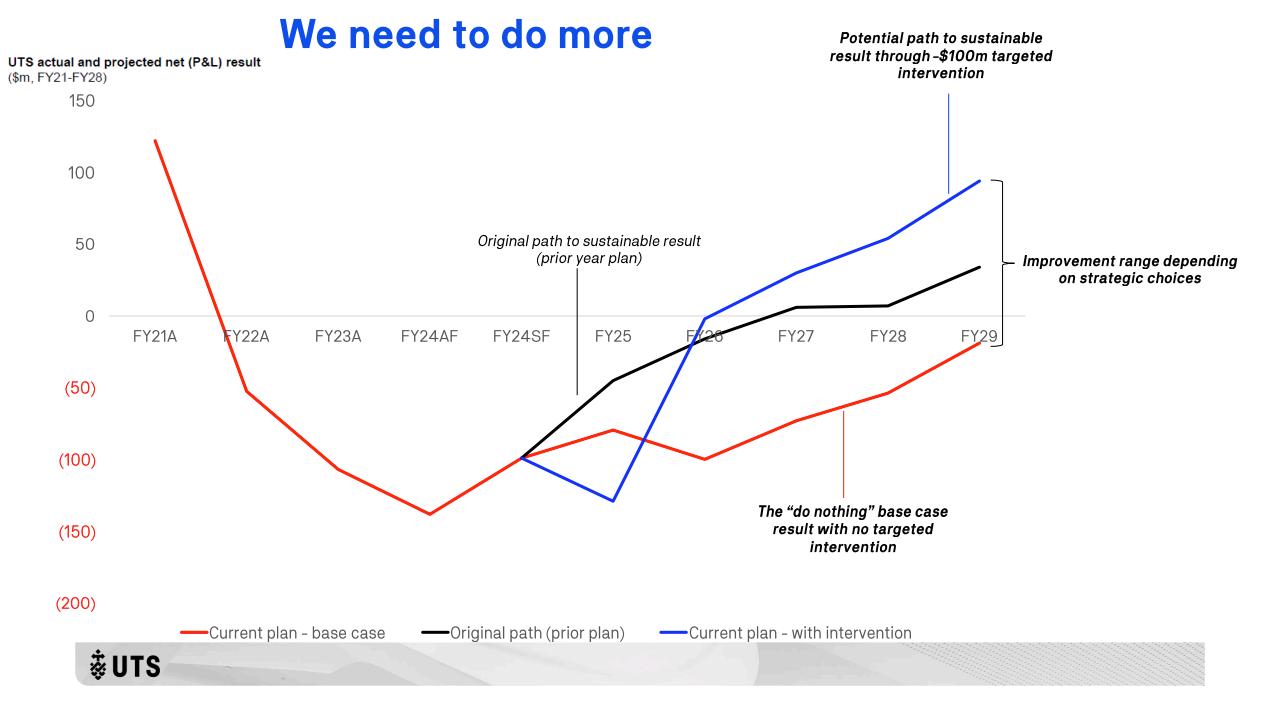



The Operations and Sustainability Plan is still in the consultation process — management has held multiple meetings with staff to discuss the changes, with another ‘town hall’ scheduled in April. Those at the alumni green rally on the 12th March were estimating that between three and four hundred jobs would be cut, based on the last time UTS cut funding during COVID.
According to Stop The Cuts UTS, management will consider cuts for any subject with a negative financial margin, which puts a hefty 66% of subjects at risk. Smaller subjects with less than 80 students enrolled are especially at risk, as these are not big financial winners, despite having high educational value. These are subjects that teach specialist knowledge for specific professions and areas of academia.
Paddy stresses that “What’s at risk here is public interest research and public interest education. The research that is threatened, and the academics that are threatened, are ones that are not bringing in external income, and the main way that people are looking to bring in external income is by partnering with corporations. They’re more and more pushing the university to be an arm of big business rather than a public interest institution.”
On the relationship between the Foundations for 2030 Operational Sustainability and the Creative Industries Plan, the CI Plan states that “The two programs of work are not interdependent, but it is likely that they will intersect.”
While the Creative Industries Plan will not bring about redundancies, and that student experience will majorly be affected, Operations and Sustainability makes no such promise. It’s hard to believe that it won’t be detrimental to class sizes and student choice. Staff in both teaching and research will be optimised for profit.
I hope I am wrong in believing that Foundations for 2030 — is the red right hand that slashes jobs and courses, while Creative Industries is the shiny new image. There is still time to oppose Foundations for 2030so keep an eye out for rallies and petitions if you’re interested.
As this is a developing story, Vertigo will cover new information as it comes to light - in the meantime remain hoping that the demise of FASS can lead to the rise of SASS.

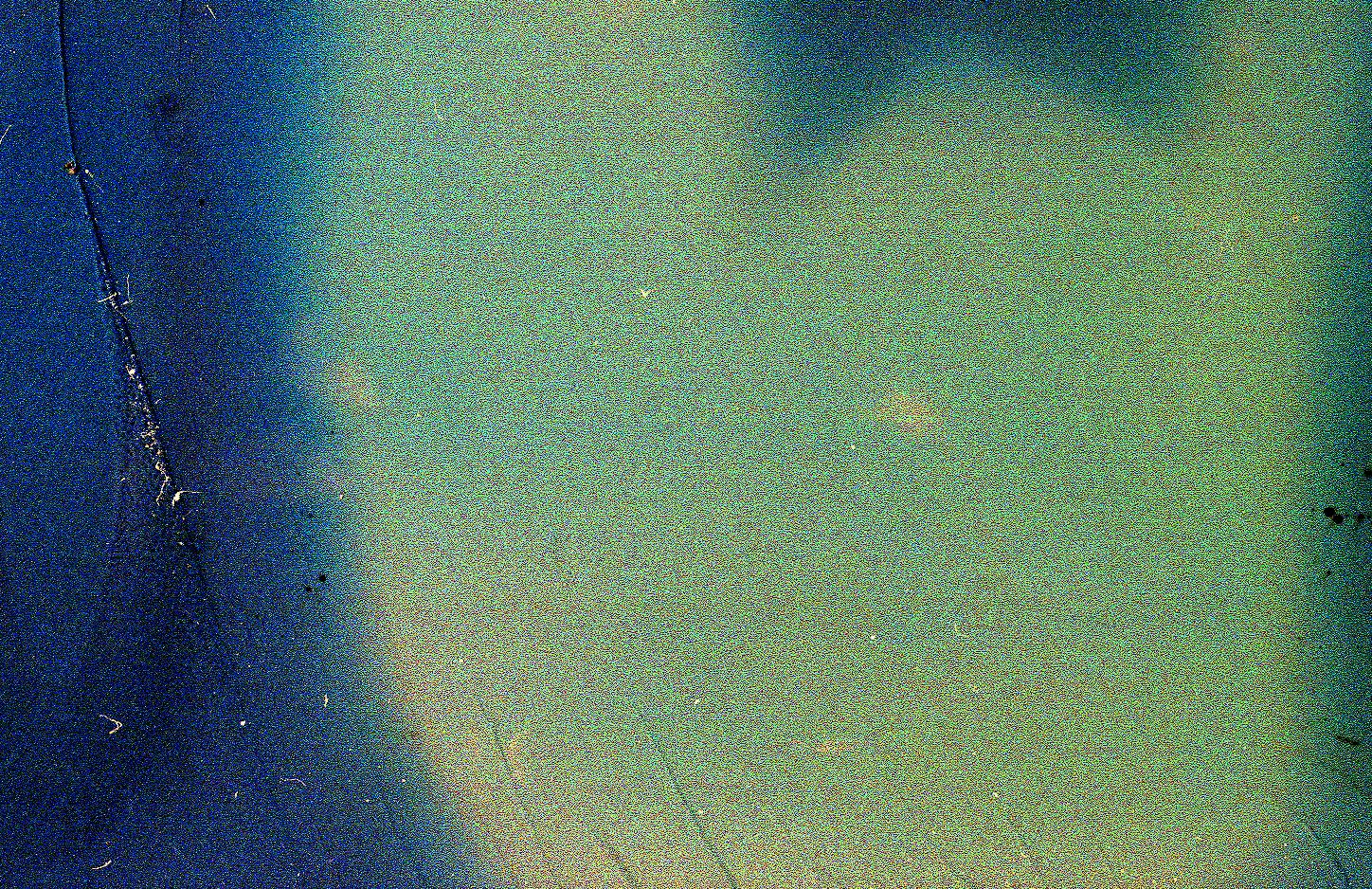










shadowy style of 1940s/50s Hollywood








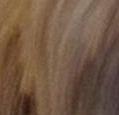
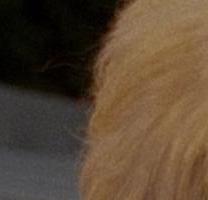








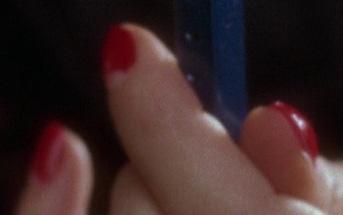





Jacob Singer is a Vietnam war veteran elit. traumatised from a brutal incident ut when he was stationed in a et village in the Mekong Delta, where his unit underwent a surprise attack and their humanity slipped away to reveal something much more monstrous. Now discharged, Jacob begins seeing ex demonic figures in the faces Sed of New

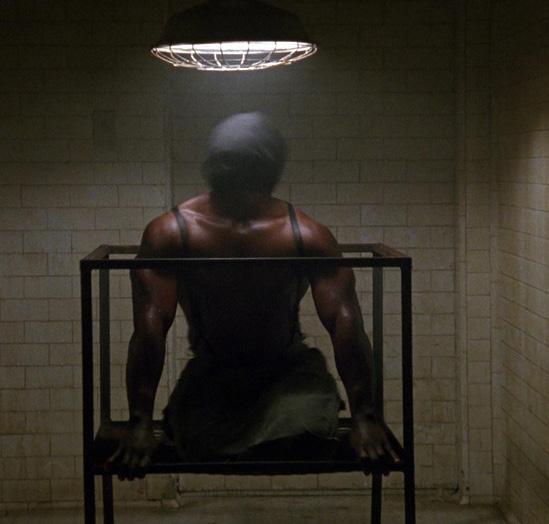









resonant, ever-building score by German soundtrack). This is a et phenomenal heist


sense of cool — Proin iaculis all executed with such mastery that it’s staggering to realise this is ligula Mann’s et first feature.











a grander life they can only seem to reach via Integer extreme quam tempus means.






increasingly frustrated by the Aenean dolor mauris, ullamcorper id ultricies pulvinar sit amet, vestibulum vitae odio. constant Etiam barking of a neighbour’s dog, massa, he has nothing better to do than try to stop it. This upsetting scenes involving animal cruelty.




in general, which amet are eros quis viverra dictum, urna dui rich with eta other fantastic crime thrillers, procedurals, and mysteries.








It likely surprises no one tellus then, to see the recently-passed director’s nisl surrealist , appear in this list. The beloved story starts when naive, good-hearted Betty moves to Hollywood to pursue acting, finding an Nam vulputate scelerisque massa, vitae laoreet nisl auctor vitae amnesiac woman taking shelter in her




Suspendisse placerat convallis sit ipsum a purus porta gravida id eget placerat augue. Currently available on vel scelerisque Stan.


David Lynch car accident anecdote). As the two women attempt to recover the truth, Phasellus ultricies odio vitae aliquam efficitur. they become submerged in eros a conspiracy that sprawls across Hollywood.


dir David Robert Mitchell



Sam is unemployed, debauched, and on the brink of being evicted. When his attractive

new neighbour suddenly vanishes, ameta Sam becomes obsessed with finding her and unwinding the web nunc of flimsy clues

mysterious dog killers, secret codes, and


by Matilda Gauci
Designed by Lucien Yumru @matildagauci auci

pluck the sickness out of him And swallow whole, This disease that made him
Final supper for She was taught I swear I remember, Their own


Now her arms shake Her hands are crumpled ing him She paces through The shape How she’s
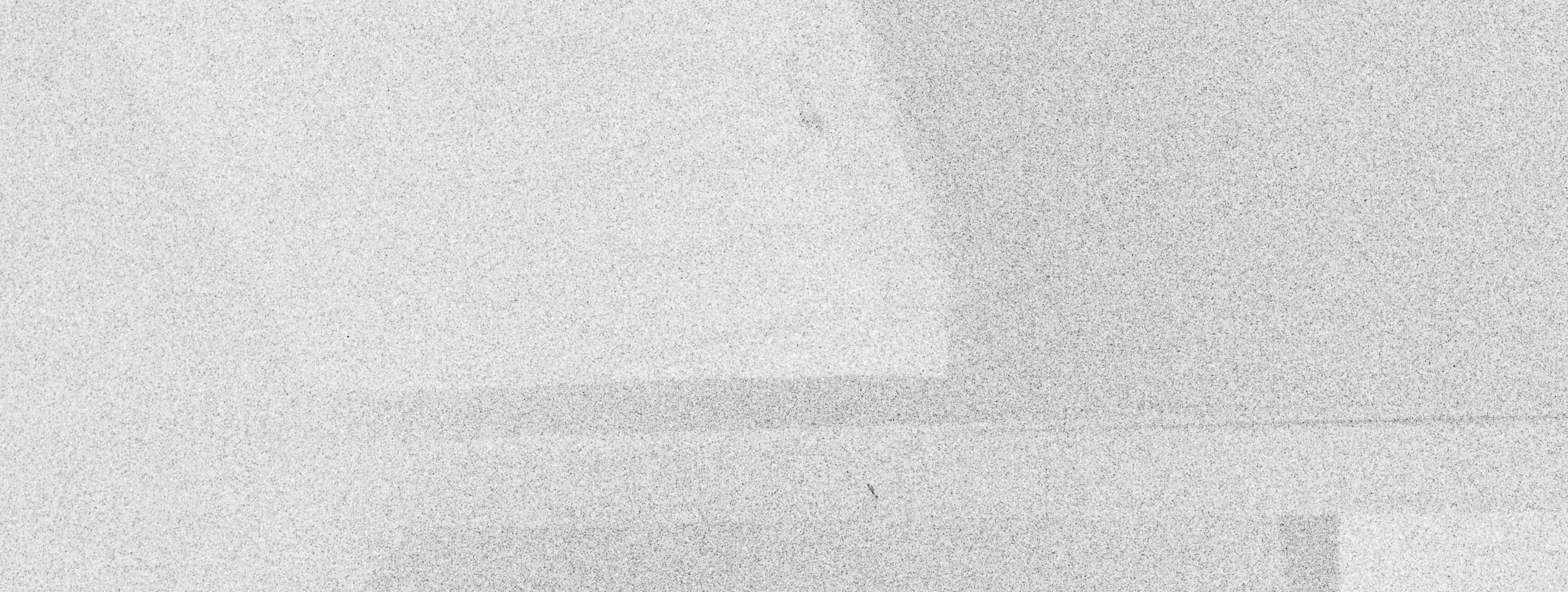






him whole, him unlovable; for the man taught is God. they used to butcher own steak dinners; shake as she pours his cereal. crumpled like paper, but she’s leadhim to the head of the table. through his halls searching for his feet, shape of herself dissolved in his shadow. she’s seeing ghosts, and I’ll keep writing my stories,



On the 21st of January, I watched tech billionaires have front-row seats in the inauguration of the most powerful man in the world–it was a confirmation that the distinction between the corporation and the state has blurred beyond recognition. But, when I look out my window, the sky is not the “colour of television tuned to a dead channel” that was promised by William Gibson in Neuromancer. There are no flying cars zipping through airways like in Blade Runner or the shimmering searchlights and neon mega-towers of Akira.
These billionaire technocrats aren’t the shadowy sharp-suited and villainous masterminds that insidiously stroke their robo-cat as they topple world governments in the name of profit. Instead, they topple world governments while eyeing each other’s girlfriends, and throwing the most awkward ‘Sieg heils’ ever put to record.
I don’t know which is more terrifying—an outright corporate villain, or these ‘innovators’ that straddle the liminal area between laughably stupid and existentially petrifying.


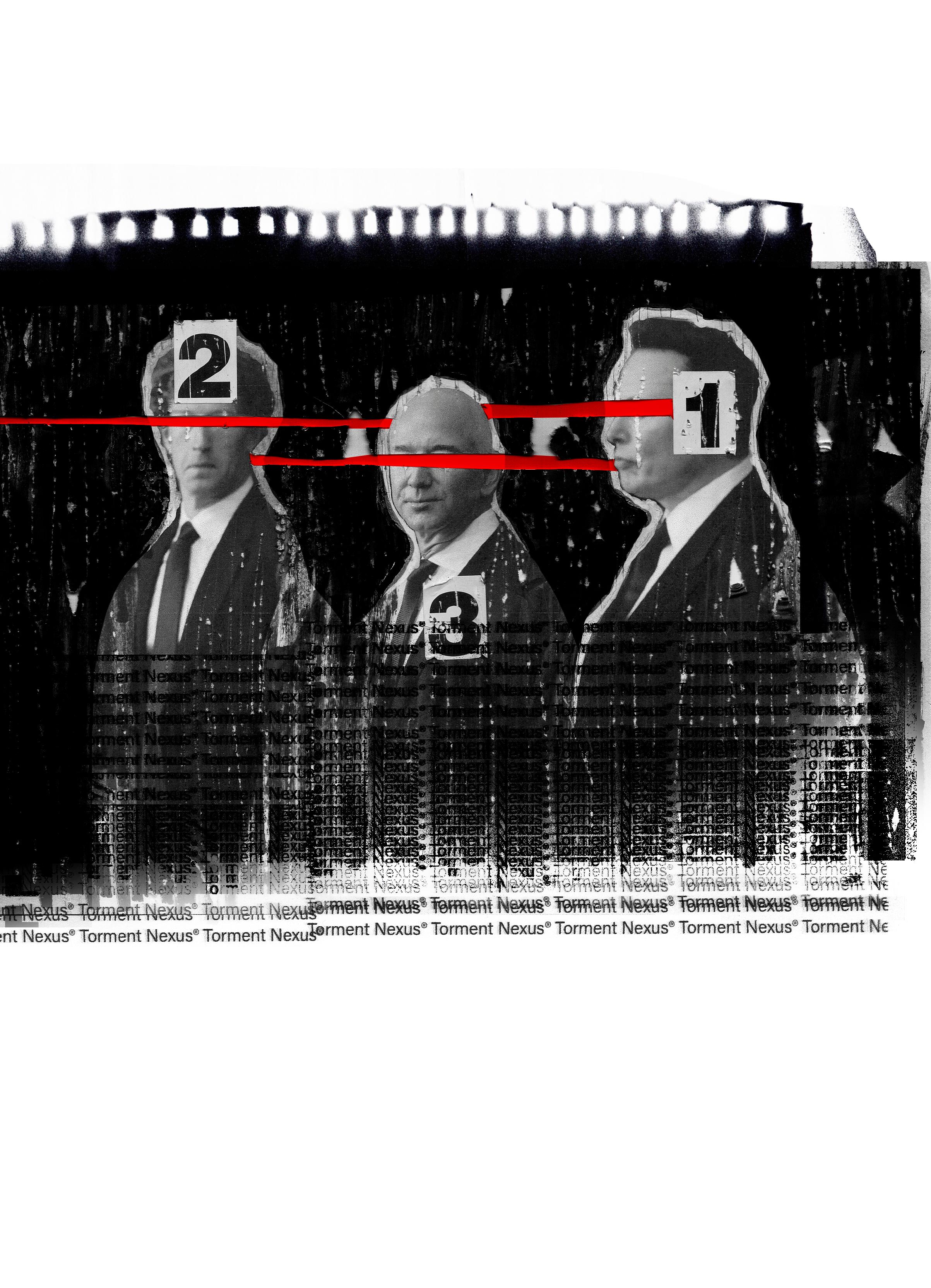





I increasingly realise that life has imitated art in the worst way possible. It has studied dystopia, and cyberpunk, and taken the worst parts from their genres. Instead, taking their techno-libertarianism, wealth disparity, rampant unchecked capitalism, propaganda, climate disaster, corporate oligarchy, destruction of all that might challenge the system, increasing methods of control, it’s left out all the cool shit.
Twitter user (I refuse to call it X) Alex Blechman tweeted in 2021;
“At long last, we have created the Torment Nexus, from classic sci-fi novel Don’t Create The Torment Nexus.”
The Torment Nexus isn’t a real sci-fi concept—rather it’s comedic shorthand for ‘commercialised dystopian technology’ that satirised a couple of tech developments of that year, but it was primarily aimed at the launch of Facebook’s Metaverse, the supposed “Future of Digital Connection” that came with an expansive (and expensive!) rebrand into Meta.
The metaverse concept owes its name to the novel Snow Crash by Neal Stephenson, in which it’s a similar virtual reality social space. Stephenson’s Metaverse, while certainly a powerful and unifying tool, is, in truth, part of a plan of the comically greedy capitalist villain to reprogram the human brain. Many asked why Meta would shift its whole company to centre around a product inspired by a tool of world domination. Many wrote it off as a misinterpretation of the source

Metaverse is far from the flashy, groundbreaking program it aspired to be. It’s a mess of dead worlds, glitches and awkward design. At least the whole ordeal caused Zuckerberg to evolve from theorised lizard-man to hype beast. However, he wasn’t the only CEO to be inspired by Snow Crash—Google co-founder Sergey Brin was also inspired by Stephenson’s novel.

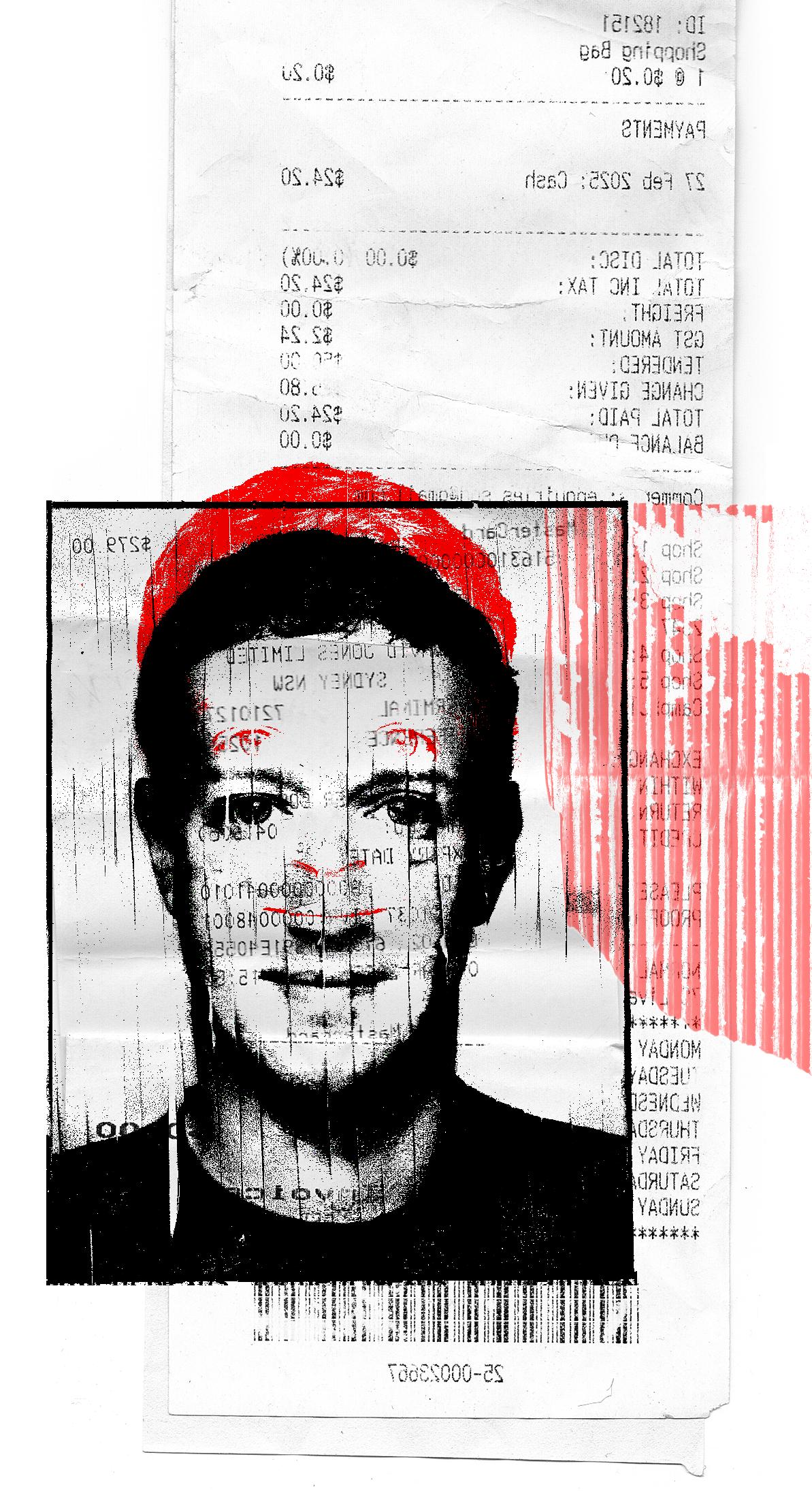






Far from being a tool of casual creativity, AI has flooded the internet with regurgitated images and text slop. Tools that science fiction and AI companies have promised will ‘make our lives easier by leaving room for recreation’ now stifle our creativity and engineer the layoffs of artists, writers, and other creatives.
If allowed to continue, we may see the already bleak Hollywood environment— with its endless sequels and remakes— become a wasteland of corner-cutting artificially produced ‘films.’ It’s a change that will happen slowly—already, movies like The Brutalist were revealed to have used AI for background images and giving actors Hungarian accents. Aren’t actors supposed to act? Or will theatrical consumerism soon reach a point where the art of acting is reduced to only the recognisability of an actor’s face?
Even in the darkest of cyberpunk futures, art is often a tool of resistance to relentless consumerism. Maybe this is why there’s a push for arts of all kinds to be digitised, automated and mass-manufactured.
Perhaps more terrifying are the examples that transcend parody. I’m talking, of course, of Amazon’s patented worker cages, a concept so ridiculous that if it appeared in a book, movie or show, critics would deride it as heavy-handed symbolism.
In the midst of this, I ask, where is the cool shit?
Why did we have to get this dystopia? With its carcentric infrastructure, ugly corporate architecture and constant surveillance. Where’s my robotic arms? Where are my rocket boots? Where are my flying cars? The holograms? The miracle cures? Why are the rich and powerful being inspired by the doomsday weapons and mind control devices? In the wealth of technology within science fiction, why do they focus on the tools of personal enrichment and control? I was promised a cool dystopia!

I say all this not because I’m afraid of new technology, but because the cyberpunk future envisioned in so many works of fiction is closer than you think, and it’s the future that powerful people in our system want. A future where they hold absolute power, where they strangle our freedom with technology and where their unchecked privileges wreak havoc on our planet and our lives.
Mike Pondsmith, creator of the tabletop roleplaying game Cyberpunk, said “Cyberpunk was a warning, not an aspiration”. This is why I detailed so many works of fiction, because, like the Metaverse and Snow Crash, how long till the rich are able to swap to other bodies like in Altered Carbon? How long till corporations fight wars with each other like in Count Zero?
Then we’ll realise we should’ve heeded these as warnings, not discarded them as outlandish fiction. We should’ve stopped the executives who look at hypothetical capitalist hellscapes and instead of being horrified are inspired.
We are barreling into an uncertain future, where things are rapidly changing and almost every day brings a new event never thought possible. While I might’ve depicted these tech overlords as buffoons (and they are), they are also exercising increasing control over our lives and our governments. Their attempts at creating their very own tech-branded dystopia won’t be ending any time soon.
So If it looks like a Torment Nexus, smells like a Torment Nexus and is named after the Torment Nexus, maybe, just maybe, it’s the Torment Nexus, and you probably shouldn’t buy it.
Designed by Nathan Halward @rgb_rex

Words by Liv Litver (she/her)

Dating apps aren’t just an option for students anymore — they’re basically a necessity.
Meeting people on campus feels harder than ever, especially if you’re commuting an hour (or more) just to get to class. Unless you’re deep in the student club scene or blessed with effortless flirting skills, most students agree: Hinge is the go-to way to put yourself out there.

And it knows that you’ll just keep coming back, no matter how many months of unsuccessful swiping and scrolling and reading the corny bios of identical men who think that having a mustache and painting their nails is a personality.

Hinge knows your predicament. It knows you’re vulnerable. It knows you’re desperate. It knows just how to claw its way onto your home-screen when you’re feeling your most masochistic.

How does it know? How does it work? Why won’t the app that’s “designed to be deleted” set you free?
Hinge is playing you. The app lures students in with a feed full of models and demigods, making you think your next great love story is just a swipe away. But this isn’t by chance — it’s by design. Dating apps rely on an initial flood of attractive profiles to hook new users, only for the algorithm to gradually dial it back, keeping you scrolling in search of that same high. The idea that you could land a partner so attractive that your friends won’t secretly pity you? Too tempting to resist.
In a week you’ll have nothing but 3s and cat shes littering your feed, and you’ll be le wondering what you did to scare all the hot sh out of the sea.
Hinge wants your money. Hinge lines its pockets using the Standout section, the page that features only the best of the best. Hailey Bieber Erewhon smoothies incarnate, which urges users to pay for roses/premium, and to stay close to the app at all times. Hinge also regularly encourages users to make their profiles as specific as possible to increase the chance of finding someone they’re truly compatible with. It implores you to cast a wide net,



send as many likes as you can, and show interest in who likes you. But as a free user, you only have so many preferences you can adjust, limited likes to give out per day, and restricted view of who likes you. But for the measly cost of $39.98/week you can become a subscriber of Hinge Premium and (for one-time only) boost your profile! How much are you willing to pay for your soulmate? Hinge truly knows just how to dangle the false promise of true love in front of your watering mouth to get you to open your wallet.
Hinge rewards you for engaging and punishes you for your disobedience.
Hinge claims that the more you use the app, the better your chances of finding a meaningful connection. Regular activity (the consistent swiping and engaging in conversations) appears to boost the quality of potential matches, sometimes resulting in a streak of highly attractive profiles. However, infrequent
use generates a completely diff erent result. Students who rarely open the app or fail to engage with matches may find their feed declining in quality, as Hinge’s algorithm deprioritises users who provide minimal data for it to work with. This raises questions about whether the app is designed to foster relationships or simply keep users hooked.
Obviously frustrated with the algorithm’s poor matchmaking skills, users feel compelled to end the cycle. This, however, won’t work. In fact, if you delete and redownload the app multiple times in an attempt to reset your algorithm, you’ll likely find yourself banned, without a verification code being sent to your phone, no way to access your old account, and no phone number to make a new one.
Hinge doesn’t want your long-term
success. Hinge knows who you’ve been out with. Hinge knows who you’ve chatted to. Hinge knows who it didn’t work out with. So it continues to give you more and more people who are similar to those you’ve progressed with, A.K.A, those you’re incompatible with. Hinge considers every one of your failed relationships a win, so it continues to give you more people who are similar to your ex, people who you only ended up working well with short-term, to keep the sick cycle in motion.
There is no hope. No matter what you do, Hinge hates you and will continue to force feed you false hope and empty promises until your heart rots inside your chest. So what can you do?
Go out. Talk to people. Love yourself. Flirt. Hold eye-contact. Make sure your foundation matches your neck. Brush your teeth. Join clubs and societies. Ask questions. Delete the apps. |Write for Vertigo ;)
Design by Patrick Baker @telephasicdesign
Meet like-minded people in safe and supportive spaces.
Find out more at utsstudentsassociation. org.au/collectives


Book an appointment OR Drop in Tuesdays, 10:00am-12:00pm https://zoom.uts.edu.au/j/89791010171 Thursdays, 12:00pm-2:00pm https://utsmeet.zoom.us/j/12028173
UTSSA office
UTS Tower Building, Level 3, Room 22 (02) 9514 1155 utsstudentsassociation.org.au/advocacy


Red Bull? Cheeky bag of chips? HIV test? Anything you might need on a random weekday; the options are truly endless thanks to the vending machines across NSW o ering free HIV self-testing kits. UTS now has one too, conveniently located in front of the UTSSA o ice in Building 1.
@_AMYMACKENZIE
@ERYN.YATES
The self-test provides results in just 15 minutes, enabling students to discreetly check their status at any time—no doctor’s appointment required—before heading straight to their next lecture. Launched under the NSW Health MyTest project, this initiative seeks to remove barriers to sexual healthcare and promote stigma-free testing.
While this is a major step forward in making HIV testing more accessible, it also sparks a broader conversation about sexual health education in Australia. Many young people struggle with shame and fear of judgment when discussing safe sex practices, visiting sexual health clinics, or even seeking basic information about sexually transmitted infections (STIs).
The reality, of course, is that sexual health check-ups should be as routine as dental appointments, though arguably more pleasant than a wisdom tooth extraction. But, unlike a trip to the dentist, people hesitate to engage with sexual health services, even when they are free, anonymous, and designed to be as accessible as possible. Open conversations about STIs are still met with a level of social discomfort usually reserved for tax audits or group assignments. However, prevailing societal attitudes often (inaccurately) link STI testing to irresponsibility or promiscuity, reinforcing negative stereotypes that deter students from prioritising their sexual health. Many young Australians point to gaps in their high school sex education, leaving them underprepared for real-world sexual health decisions. Curricula often focus on abstinence, fear-based messaging, or basic anatomy, rather than practical discussions about consent, relationships, and STI prevention. The result? Many students arrive at university underinformed and hesitant to seek help when they need it.
This unease persists despite rising STI rates. Cases of gonorrhoea and syphilis have increased significantly in Australia in recent years, yet many young people remain reluctant to get tested regularly. While self-care culture encourages everything from pilates to juice cleanses to gua sha, STI testing remains conspicuously absent from the conversation. The expectation seems to be that people should be sexually active yet silent, responsible yet discreet. Engaging in sex, but preferably without ever mentioning it.

It is a curious paradox: a country that built its cultural identity on mateship and casual irreverence remains deeply uncomfortable discussing the realities of sexual health.


Beyond testing, student advocates and health professionals argue that more must be done to create an open dialogue about sexual health. An outreach worker at ACON (AIDS Council of New South Wales) highlighted the importance of meeting young people where they are, rather than relying solely on traditional educational settings. “It’s not just about having to just [talk to] kids and the teachers in school. It’s more about tapping into other adults that the kids are surrounded by as well… and just…normalising that info in these spaces,” they said. They emphasised that traditional sex education often assumes a one-size-fits-all approach, which can alienate students with diverse experiences. “Speaking to the actual audience instead of assuming their specific needs and like the general textbook cookiecutter idea of sexual health [is crucial]. It’s about going to spaces, not just schools... such as sporting events or their hobbies or tutoring,” they said.
For example, ACON recently launched Word on the Sheets (@wordonthesheets on IG), an online space showcasing academic and health clinician-backed sexual health information for queer and trans women and nonbinary people. These kinds of platforms provide young people with approachable, reliable resources outside of school, an environment that is, at best, inconsistent in fostering open discussions about sexual health. Ultimately, while initiatives like MyTest o er a practical solution, their very necessity highlights a wider issue: for all the progress made in public health, sex is still seen as something to be managed quietly, rather than discussed openly. Until sexual health is treated with the same casual normalcy as any other aspect of personal wellbeing, testing—whether in a clinic or through a self-test—will remain a task approached with unnecessary hesitation. Education and health services must evolve to meet the realities of young people’s experiences to normalise open dialogue and treatment regarding sexual health.
DESIGNED BY SOPHIE ZHANG @BONESOFSOUP

Book an appointment OR Drop in Tuesdays, 10:00am-12:00pm https://zoom.uts.edu.au/j/89791010171
Thursdays, 12:00pm-2:00pm https://utsmeet.zoom.us/j/12028173 Having academic issues?
Speak to our Student Advocacy Officers for independent and confidential advice.
UTSSA office
UTS Tower Building, Level 3, Room 22 (02) 9514 1155 utsstudentsassociation.org.au/advocacy











HALEY BEVERIDGE @glitteringshrine (they/them)

Age fourteen I was crying in the backyard feverish with awareness. Wide awake in the middle of the night.
THERE WAS A GLOW IN THE BUSH AND NO ONE WOULD TALK ABOUT IT.
Mike had a shaved head like the furrowed yowl of dead grass. He hunched over me like a grieving mother. I complained to Mike about my father and Mike said he could replace him.
Mike had a shotgun house on Banksia St, where I could secretly listen to the glow from his living room after he fell asleep.
THE GLOW HAD MANY DIFFERENT BODIES.
The low hum of the refrigerator, whirling murmurs of the creek, the wind from thirty years ago.
My military man grew a foamy film of dust after Christmas. I realised that Mike had no intention of keeping me. The lithe star atop his tree had stopped shining so brightly.
Mike has a wife and a little boy now. Mike will never tell anyone about me.
I aged. I burnt both candles. I slept in worn vinyl cathedrals. The oasis of the country became the expanse of my ritual.

I became Mike’s age when he discarded me. The glow finally spoke after many years.
I LOVE YOU BUT THIS NEEDS TO STOP. YOU CANNOT KEEP GOING.
I asked it where I could go and it said nothing. The bush was silent with me.
I went back into the night.
DESIGNED BY SOPHIE
ZHANG @BONESOFSOUP
@SOLIDARITYUTS @SOLIDARITYUTS
DESIGN BY ARKIE
DESIGN BY ARKIE
@AAARKIIVE
@AAARKIIVE
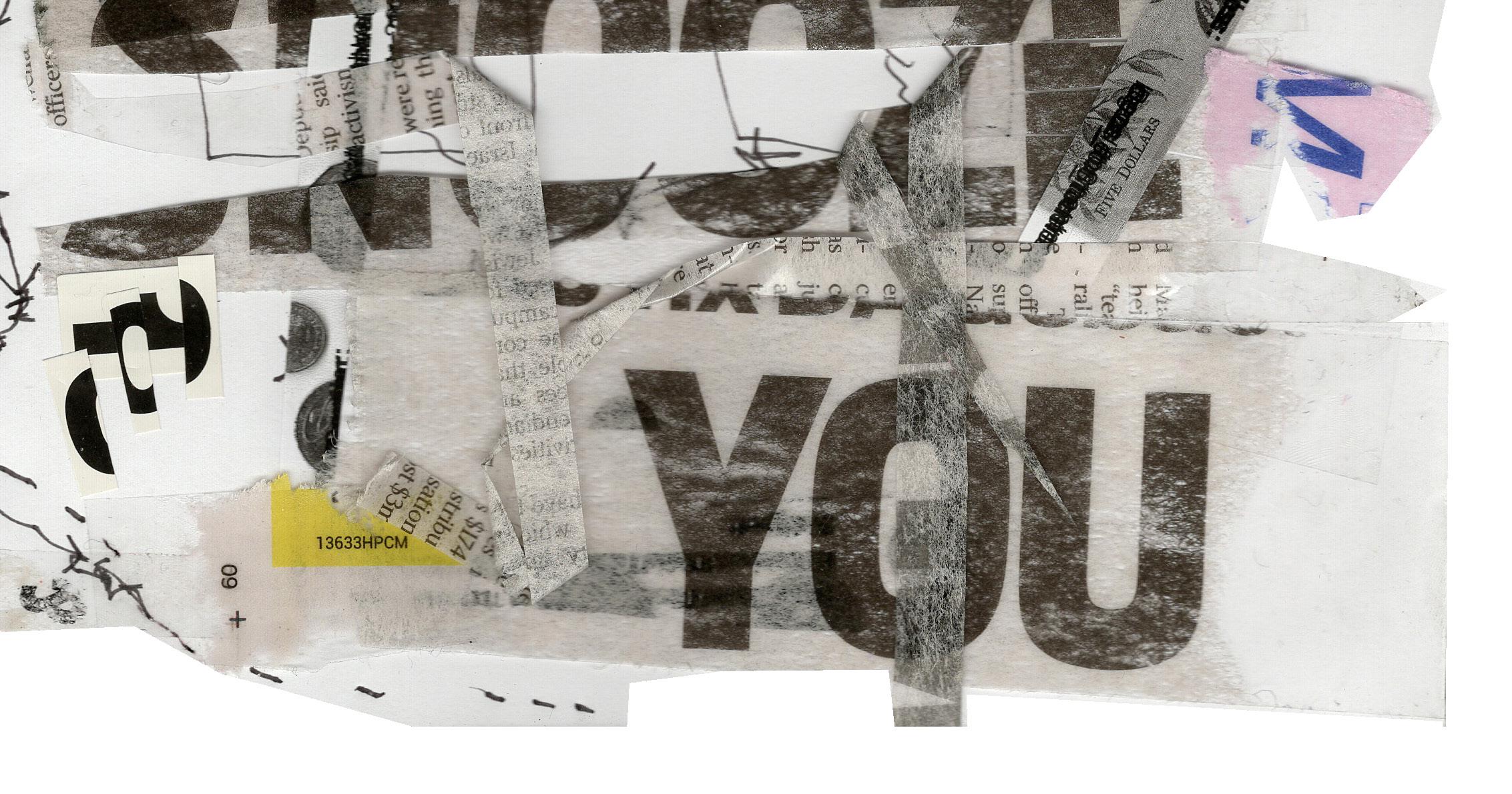

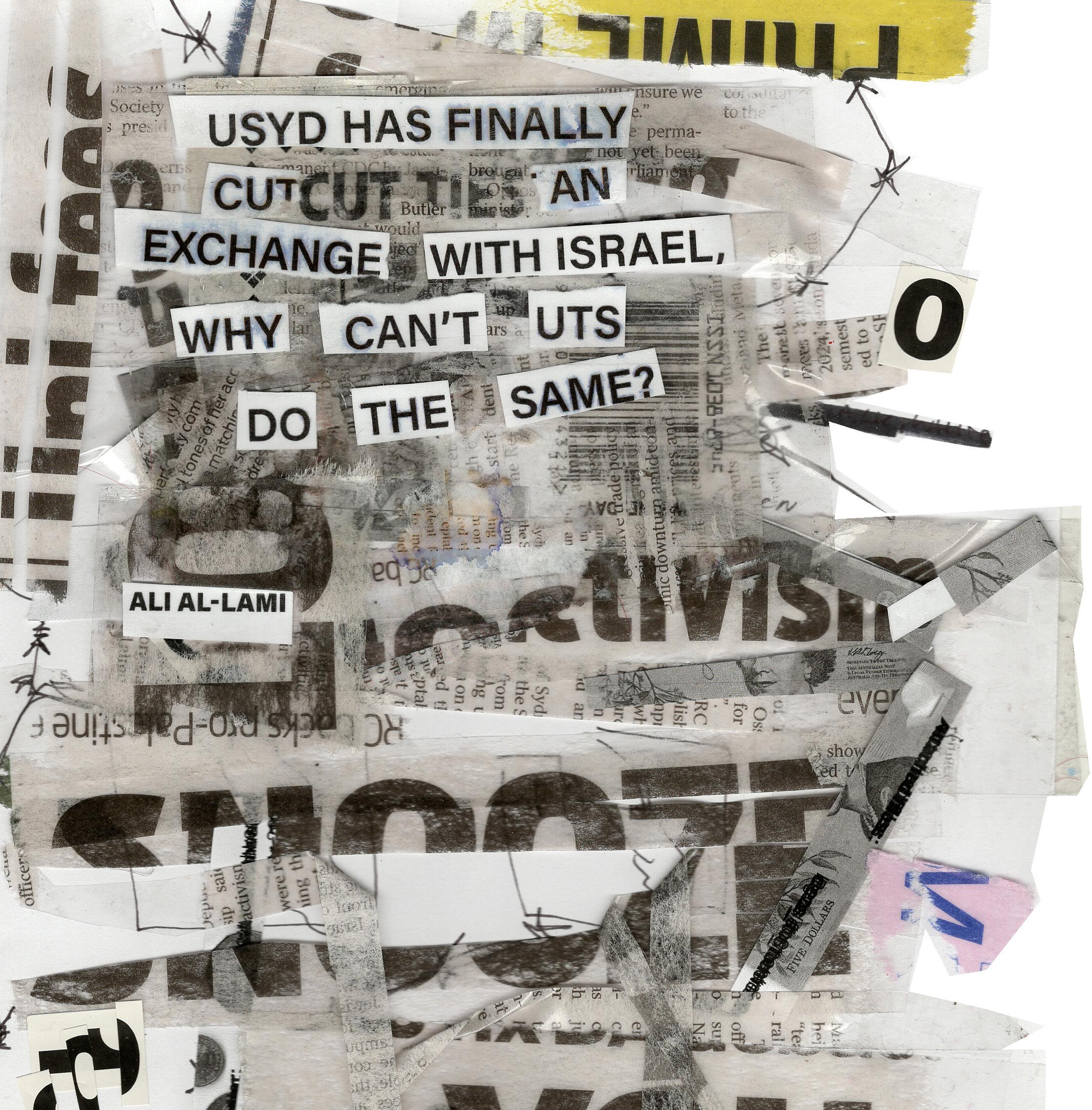


After over a year of pro-Palestinian activism through the collective of student and staff pressure, USyd Students Against War (SAW) secured confirmation from university management that the exchange partnership with the Israeli Bezalel Academy of Arts and Design will not be reinstated.
In an email sent on behalf of Professor Lisa Adkins, the Dean of the Faculty of Arts and Social Sciences (FASS), it was confirmed that, “we [Sydney University] recently informed Bezalel Academy that we do not intend to renew our exchange program agreement with them.” This decision is a shift in the university’s position and is a notable victory for the Palestinian solidarity movement, as it reflects growing institutional recognition of the concerns surrounding Israel’s policies. The Bezalel Academy has faced substantial criticism for its complicity in Israel’s apartheid and genocide–actions that have been formally acknowledged by the International Court of Justice (ICJ). Furthermore, Israeli Prime Minister Benjamin Netanyahu is currently subject to an arrest warrant issued by the International Criminal Court (ICC)


went to Israel on an “unknown” Technion global short course program back in 2019, 2 students virtually in 2020, and only 1 student in 2022. The FOI also states clearly that there is active research collaboration with Technion, particularly research led by the Faculty of Science. Yet, UTS is still maintaining this unpopular program which involves cooperating with and investing in an institution that is central to an apartheid state.
This refusal to sever ties with Israel and Technion echoes the broader foreign policy stance of the Australian government, which has long collaborated with Western imperialist powers in conflicts—from the Vietnam War to Iraq, and now in West Papua. Australia’s alliance with the U.S. enables Israel’s actions against







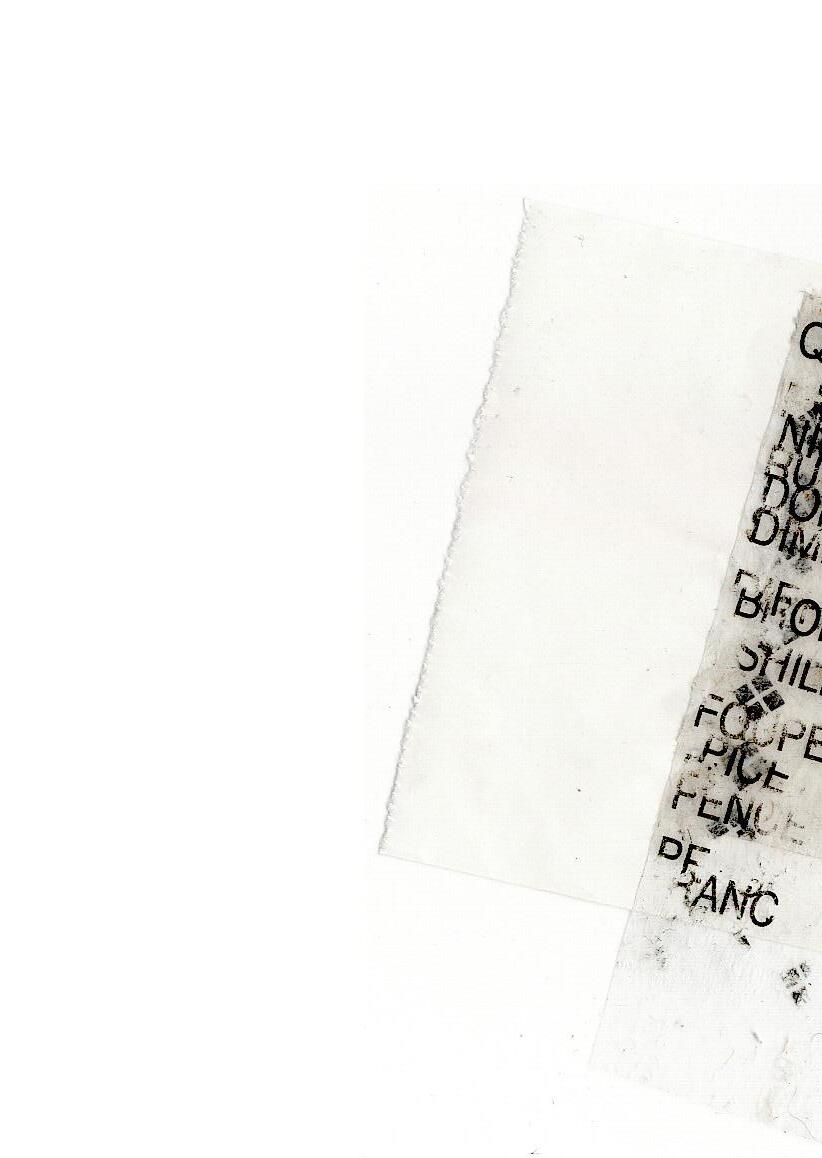










Palestinians, while the AUKUS pact with the U.S. and U.K. further entrenches the country’s ties to imperialist powers.
Meanwhile, the Australian government allocates $368 billion of taxpayer money to nuclear submarines and expanded military bases for B-52 bombers, intensifying the risk of conflict with China and reshaping universities to fuel the nuclear workforce needed for the looming war.
Instead of squandering $368 billion on fueling the war, Australia could have used that money to build thousands of homes, address the rental crisis that the government blames on immigrants, or increase pay for nurses, teachers, and train drivers. This spending benefits only those who profit from war, which is why we must end the militarisation of our universities
UTS keeping the Technion cooperation while preparing to reduce $100 million from its budget, merge faculties, cut courses, and engage in mass layoffs, is notably egregious and reflective of the national government’s mismanagement.
Shockingly, a year has passed since the president of the UTS Student Association called on UTS management to review and sever ties with Israeli institutions. Despite this, and the introduction of a BDS motion, UTS management continues to ignore the student representatives elected to advocate for the severance of ties with an apartheid regime responsible for genocide.



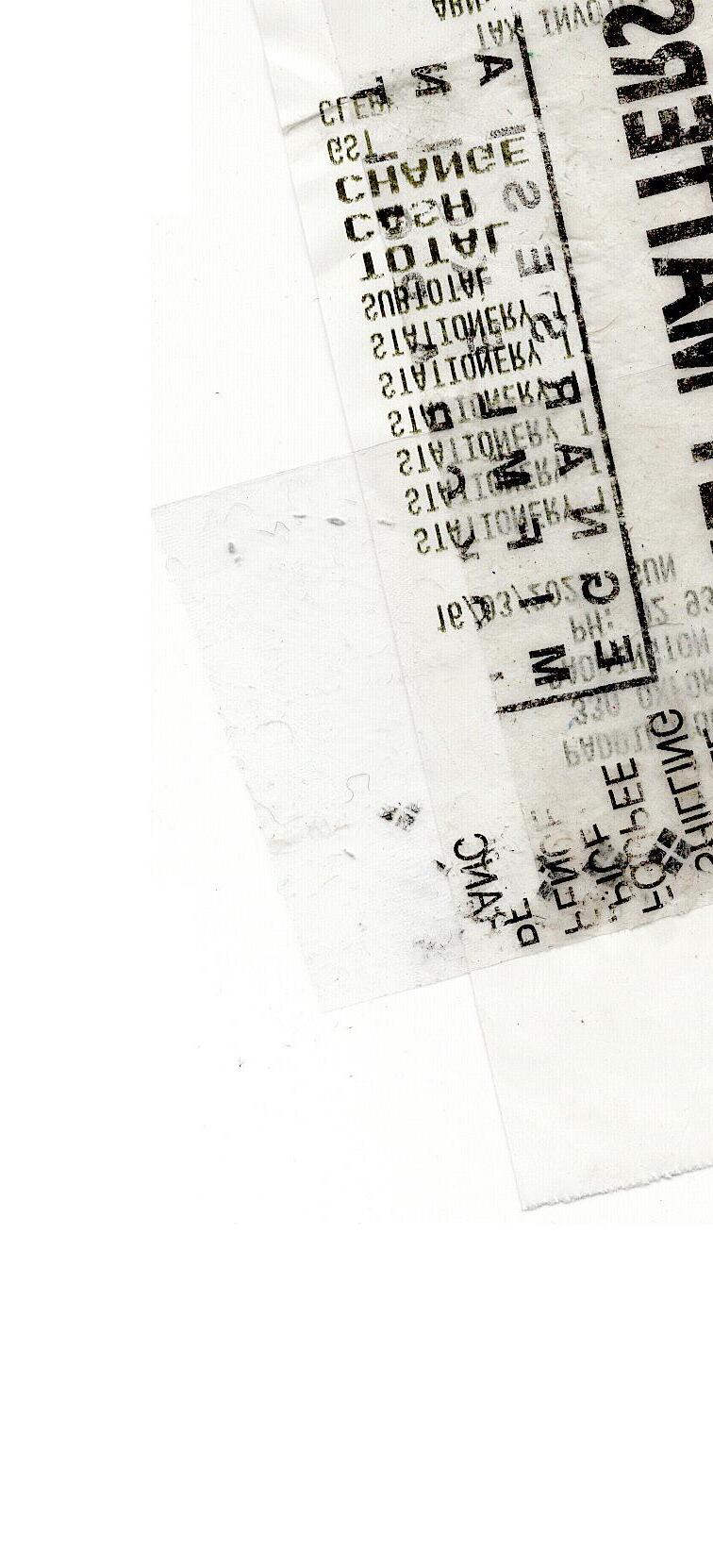






Leo Wh eh se’s w k docum ts ‘N place’, a t m co by M c Augé f spac tr si ce w hum becom ym s, which c not be g d ‘plac ’ by ropological f n due ir lack signific ce.
Subway tu els, e v s, sho g c t s, highways. It s ms like mo w ld now ma up N plac — byproducts sup mo rn y sp ial prac c cap al m, w soil buri u n c c te ficial surfac .



In N plac , y e ly a ow fo ow c ta p hs dict by a comp s g bu aucracy, y r mo m t, g tu s. bodily acts e subject sur i ce. Sunlight block ly s dows ma . T dividual becom a bl k sl e w h a b co .
T n u N place exp n c temp y lif ty , c gly obs s w h p op c c trol secur y, c ract by c f m y p oia.
@ owh1teh se ( /him)
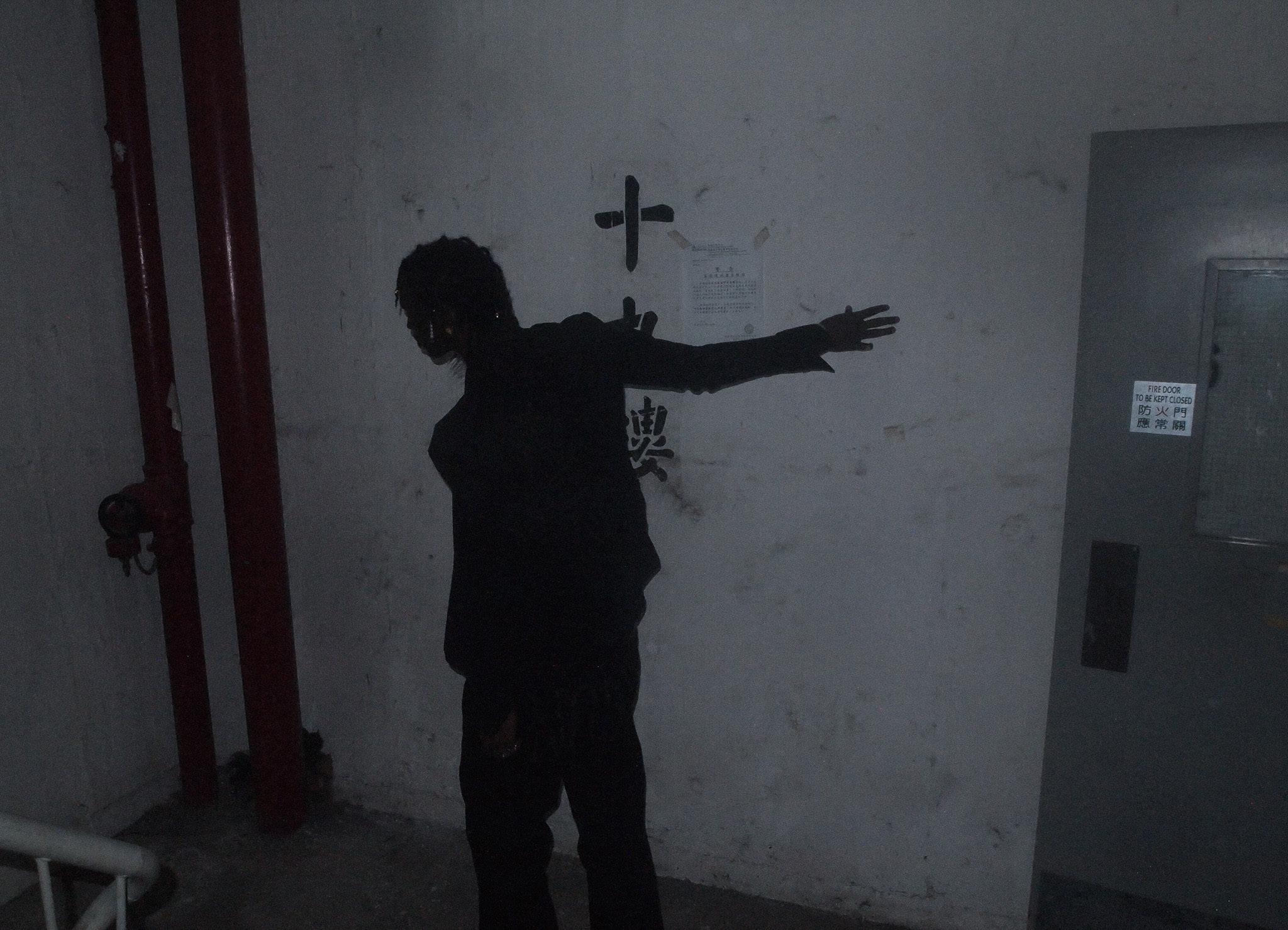








UTS Housing claims to offer affordable student accommodation, but hidden fees, restrictive contracts, and a lack of tenant protections tell a different story.







While UTS Housing markets itself as an affordable option for students, the reality is far more complicated. Hidden fees for basic necessities, a licensing agreement that bypasses tenant protections, and increasing costs with little transparency have created an environment that places students—particularly those from low-income, regional, or international backgrounds—at a significant disadvantage. This leaves students questioning whether the increases are truly necessary, or simply an attempt to maximise revenue at their expense. (she/her) @neevenagle



Design by Arkie Thomas @aaarkiive


The final remaining UTS Housing block, ‘Yura Mudang,’ is located atop Building 6 and accommodates 720 UTS students from both Australia and around the world. While the photos on the website may be from the 2010s, their prices are certainly not.
The fundamental issues stem from UTS Housing operating under a licensing agreement rather than a formal tenancy. This means that students living in UTS accommodation do not have the same legal protections that tenants in private rentals do under the Residential Tenancies Act. UTS Housing residents lack basic legal rights to a clean, safe, and habitable living space and unlike standard tenants, have no guaranteed right to peace, comfort, or privacy. This leaves students vulnerable to unchecked security measures, as the licensing agreement allows UTS Housing staff and security to conduct random audits of locks, keycards, and IDs without limits on frequency or justification.
For students who are already financially vulnerable, the consequences are severe. Unlike traditional renters, UTS residents have no legal recourse for anything that would not be allowed under standard tenancy agreements.


Beyond high rent prices, students are being hit with a slew of additional charges that make UTS Housing increasingly unaffordable. Fees for storing furniture, fines for leaving personal belongings behind, and even penalties for using appliances like air conditioners are all adding to the financial burden. These charges disproportionately affect students who have no other housing options. After the University sold off all other student housing during the COVID-19 pandemic, fewer accommodation options are now available, leaving many students with little choice but to accept these conditions.
International students are particularly impacted, as they are required to pay the entire ‘licence fee’ upfront— regardless of whether their visa duration or study period extends to this duration. This policy places an enormous financial strain on students who may already be struggling with limited work rights and high tuition fees

The UTS Students’ Association (UTSSA), are calling for urgent reforms to the UTS Housing licensing agreement. Key demands include:
A full review of the Licence Agreement, with agreement to new fairer terms drafted by tenancy lawyers hired by the UTSSA. Greater transparency around rent increases, with student input in decision-making processes. Clearer guidelines regarding additional fees, ensuring that students are not unfairly charged for necessary services or reasonable personal choices, such as using an air conditioner. A review of international student payment policies to ensure they are fair and reflective of students’ actual needs.


UTS Housing is meant to provide students with a stable and aff ordable place to live while they study. Instead, it has become an expensive and increasingly restrictive system that leaves students financially strained and legally unprotected. Without meaningful reform, the situation will only worsen— pricing out the very students who rely on it most.
The call for change is clear: UTS must take immediate steps to introduce fairer policies, ensure greater transparency, and align student housing rights more closely with those of tenants under the law. If UTS truly values student welfare, it must act now to prevent housing from becoming yet another financial hurdle for those pursuing higher education.




























nd your phone kes you feel smarter, ation is infinite, ligence or just g for learning?
words by Zac Nikolovski
words by w s b y wo*** b7 he/him @zacnikolovski
Your phone pings—you tell yourself it’ll only take a second. Just one reply, then back to work. But suddenly, 45 minutes have evaporated. You’ve tumbled down a digital rabbit hole, now inexplicably well-versed in medieval rabbit warfare, emotionally invested in the science behind why ‘old book smell’ is addictive, and debating whether that half-wilted cabbage in your fridge is salvageable (spoiler: it’s not). Snapping back to reality, you wonder—was that an educational deep dive or just a highspeed binge of useless trivia?
@zac.nikolovski ( )
In an era where knowledge is limitless, why does our attention feel
ttention feel so fragile? jsnfnsoiaojd ::. eafjo?//f limitlexx FRAGILE? FRAGILE? LIMITNESS FRSGILE? why does out attention feel so fragile?
Some argue that smartphones are rewiring our brains, fragmenting our focus, and reducing us to dopamine-chasing zombies. Others insist they’ve made us hyper-efficient learners, capable of absorbing information at unprecedented speeds. So, which is it? Are we becoming more knowledgeable, or is the algorithm just exceptionally good at making us feel like we are?





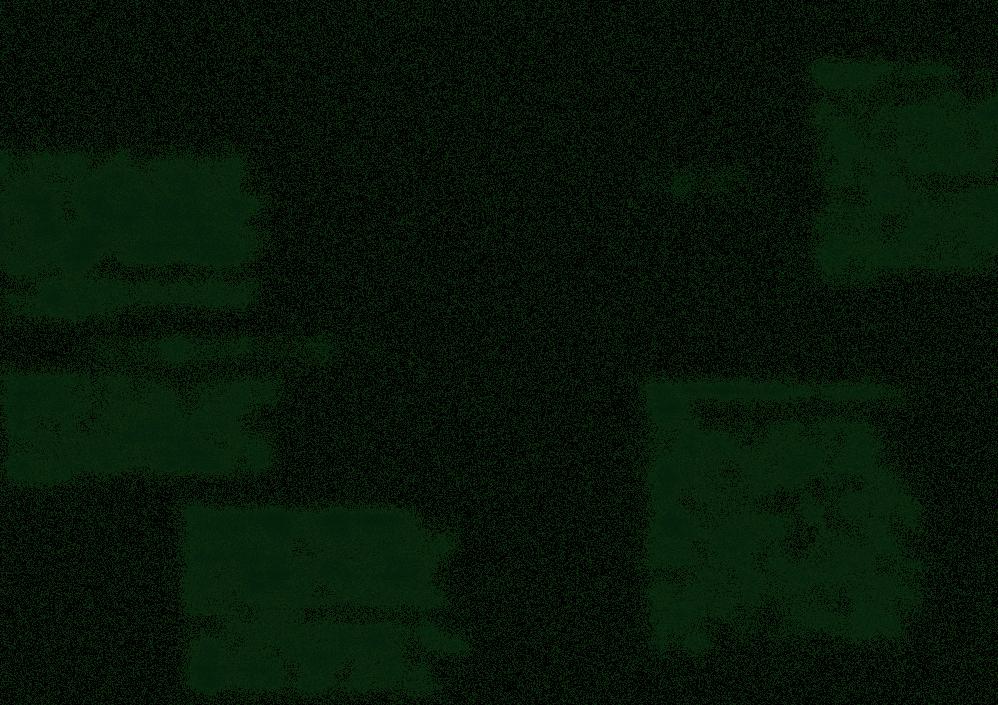




illsgbeon illusion the illusion the u the u th u e u u
Scrolling through bite-sized educational content can feel like a productivity win. Platforms like TikTok and Instagram Reels have pioneered ‘microlearning,’ where complex ideas are distilled into digestible, dopamine-inducing clips. In a world dominated by short-form content, why wouldn’t we turn to these platforms
The appeal is obvious: accessibility. Why endure an hour-long lecture when apps like Duolingo, Quizlet, and Khan Academy serve up quick-hit lessons on demand? The rise of microlearning suggests that traditional education— long lectures, dense textbooks, and tedious note-taking—belongs stick?
We skim, we scroll, we soak up quick facts—but how much of it lasts beyond the moment? We’ve all heard that our attention spans are shrinking; many of us, myself included, have felt it. Deep learning—the process of critically analysing and applying knowledge—requires sustained focus, something that’s increasingly difficult in a world of endless distractions. A snappy, one-minute explainer on quantum mechanics might make us feel informed, but does it truly compare to grappling with the dense equations in a textbook? Quick exposure to information isn’t the same as deep comprehension, and when knowledge is reduced to soundbites, we risk mistaking familiarity for mastery.
The issue isn’t just picking up surface-level knowledge— it’s accepting it without question. For every well-researched, expert-led video, there’s an equally confident, conspiracy-fueled deep dive. AI-generated content has further blurred these lines. It’s no longer enough to question sources; we now have to consider whether the crisp infographic or hyper-realistic video we just watched was filmed or generated. And let’s be honest— if you’ve seen those eerie AI-generated Instagram Reels, you know we’re in trouble.








Because if you’re not occasionally confused, frustrated, or questioning your entire existence while studying,
designed by Charli
dexigned d__*ignedbybyy w s b @@@#gnedy
@charlik.psd to be informed.
are you really learning at sll> are you really learning at all? ly learning at all? al le//<*8=ng at all? you r//:ly a lear^^ng ? are you really le
Krite

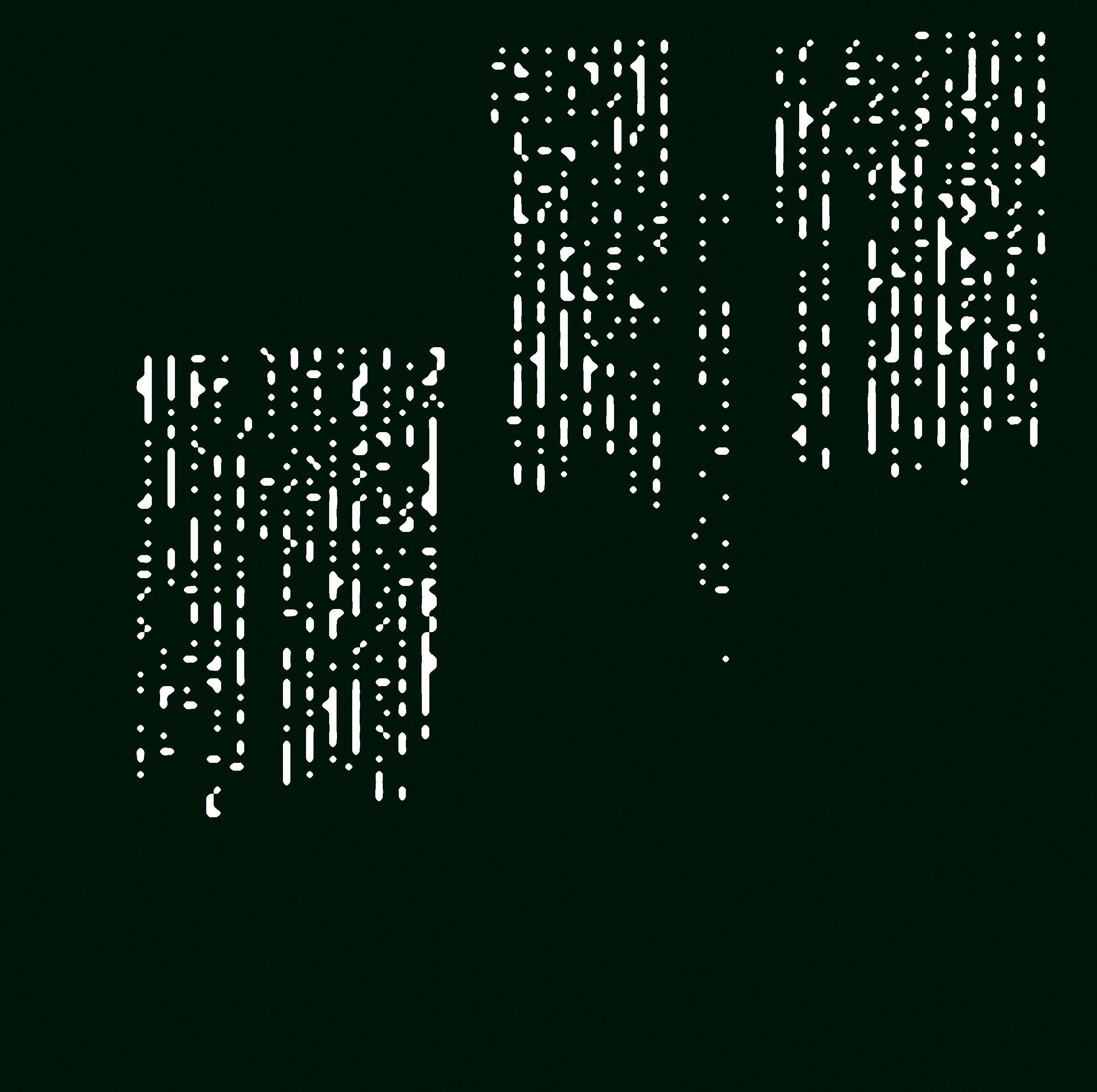





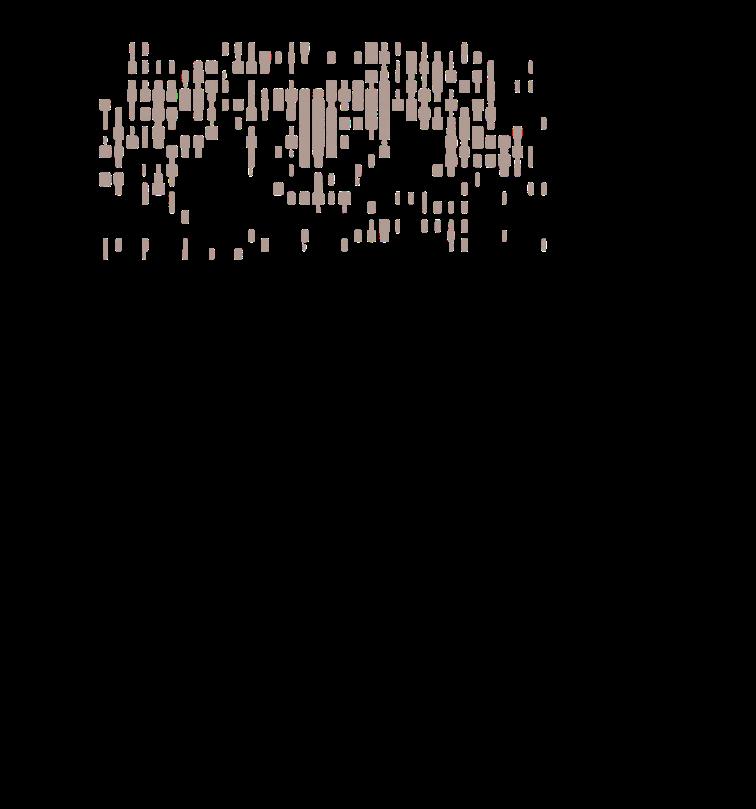




President — Mia Campbell president@utsstudentsassociation.org
The past two months have been packed with intensive work across multiple campaigns and advocacy efforts. Our fight against UTS’s budget cuts is a key priority, with an open letter demanding transparency and genuine student consultation. I also launched a survey on the new subject description format, which revealed significant student dissatisfaction—our findings have already prompted the university to review its communication and support processes.
Additionally, I have been documenting key campaign strategies to build institutional knowledge and en-
sure future student activists can continue our work effectively. The UTSSA has also relocated to a more central office space at CB01.03.060, making our services more accessible. In December, we formally called on the UTS Vice-Chancellor to sever UTS’ ties with Technion over ethical concerns regarding its links to the Israeli weapons industry.
I have also been actively involved in the Academic Administration Working Group, where we will push for improvements to special considerations and better feedback processes for assignments.



Ethnocultural O icer — Salma Elmubasher ethnocultural@utsstudentsassociation.org
The Ethnocultural Collective now has around 45 members, demonstrating strong engagement from ethnically diverse students. We continue to foster an inclusive environment while addressing the challenge of non-ethnic student participation. To manage this, we clearly define the boundaries of spaces like safe spaces, which are intended for diverse students to share experiences.
Our O-Day presence was successful, connecting with new students
and generating interest in ethnocultural representation. We are also exploring the launch of an ethnocultural podcast with Vertigo to discuss identity and social justice issues. Looking ahead, we plan to host a meet-and-greet or healing circle, aiming for maximum participation. We’re also developing strategies to ensure consistent engagement and preparing for the Ethnocultural Convenor election, focusing on transparency and inclusivity.
Welfare O icer — Neeve Nagle
welfare@utsstudentsassociation.org
It’s been a busy month as Welfare Officer, with major efforts focused on submitting reports to the Student/ Council Liaison Group. These reports address our key welfare concerns, with extensive research and consultation ensuring strong, evidence-based recommendations. With the reports now submitted, the next step is advocating for meaningful university action.
The Welfare Collective has been pushing for stronger protections in student housing agreements, particularly the right to habitable conditions
and privacy. We’ve gathered student testimonies on inadequate housing conditions to support further advocacy. Additionally, we continue working securing permanent spaces for our food services to make sure they’re not closed without adequate notice. Moving forward, our priority is ensuring the university provides substantive responses to our reports while continuing to push for stronger student welfare protections. The Welfare Collective remains committed to driving meaningful change.
Disabilities O icer — Amelia Ireland disabilities@utsstudentsassociation.org
Hi everyone! My name is Amelia and I am the UTSSA Disabilities O icer for 2025. I am a proud trade unionist, disability activist and First Nations Gomeroi woman.
The Disabilities Collective has had a great start to the year, with holding our first collective meeting, and our fortnightly co ee catch ups at Cornerstone! These have been great for building our student community, and figuring out the goals of the collective
for this year. I am working with the collective on a few campaigns at the moment. These include finding a Disabilities Collective space, establishing universal lecture recordings and an assistive technologies database as well as partnering the university with the hidden disabilities sunflower scheme.
If you are interested in helping with any of these, feel free to contact me or join the Collective!
Postgraduate O icer — Vaishnavi Omar postgraduate@utsstudentsassociation.org
1. Started social media channel for postgraduate collective on Instagram for the first time.
2. Held O’Day stall and connected with over 300 students to help them understand their resources.
3. Connected with current postgraduate students to understand their concerns and helped them with information regarding available resources.
4. Expanded postgraduate students’ network from 0 to 366 students on social media where I am regularly interacting with students to build a community.
1. Organise networking event for postgraduate students on 4th March for which around 70 students registered.
2. Planning a collaboration with the International Students’ Collective to organise a day trip for postgraduate students and international students to give them an opportunity to explore Sydney and make new friends.
3. Planning a career workshop for postgraduate students to help them get improved support towards their internship, grad role and job hunt process.
international@utsstudentsassociation.org
February was a dynamic month for the International Students’ Collective, focusing on advocacy, media engagement, and student support.
• Engaged with The Daily Telegraph and ABC News, connecting journalists with international students to highlight key issues like discrimination and housing challenges.
• Partnered with Fair Work to distribute employment rights resources during Orientation.
• Initiated a collaboration with the NSW Fire Department for a fire safety workshop.
• Worked with the Postgraduate Officer to organize an upcoming international student trip.
These initiatives strengthened student support networks, amplified advocacy e orts, and enhanced community engagement.
• Successfully recruited volunteers and engaged 1,300+ students at the Orientation stall.
Hey everyone, this month at the UTSSA, I’ve been working on the ‘Know Your Academic Rights’ Campaign to raise awareness of key academic policies through Instagram reels. Too many students are unaware of their rights and responsibilities, and this campaign is here to change that.
The campaign currently focuses on four key policies: Academic Freedom and Freedom of Expression, Coursework Assessments, Student Rights and Responsibilities, and Student Complaints. Alongside digital content, we are developing informative
Education O icer — Samiha Emran education@utsstudentsassociation.org @uts_students_association
materials to extend our student reach beyond social media.
Additionally, I have been benchmarking UTS’s Special Consideration policy against other Australian universities to identify areas for reform. Upcoming plans for March include a student survey on Special Consideration, a Q&A session for Know Your Rights, a panel on accessibility services, and e orts to secure a second multi-faith room. Stay tuned for more updates and to get involved please email me at education@utsstudentsassociation.org!
Want to be part of our queer edition, ISSUE 03: TECHNICOLOUR or have your article posted to our website?
Vertigo relies on the submissions sent to us by our readers, and we take your submissions all year round. We love reading whatever it is you’re willing to share, whether it be your article, your creative writing piece, your design, your fashion, your art… whatever it is, we want to see it!
The different sections of our magazine include:
Student News
Politics + Law
Arts + Lifestyle
Society + Culture
Creative Writing
Showcase (photography, fashion + more)
Our submissions email is submissions@utsvertigo.com.au — send us an email with your work or a pitch, and one of our editors will be in touch with you shortly.
We are constantly publishing articles for you guys. Head to our Instagram (@utsvertigo) and our website utsvertigo.com. au for daily updates and new articles each week. We also have a Twitter! @UTSVertigo – Jonnie causes a fuss there sometimes.


Arkie Thomas
Arielle Lee
Charli Krite
Jonnie Jock
Lucien Yumru
Mannix Thomson
Nathan Halward
Patrick Baker
Sophie Zhang
Zara Hatton
Zeke Cubert–Masia

Neeve Nagle
Eryn Yates
Zac Nikolovski
Liv Litver
Mannix Thomson
Ali Al–Lami
Euan Kielly
Isabel James
Haley Beveridge
Matilda Gauci
Jared Kimpton
Sam Lawson
Leo Whitehouse
@aaarkiive
@clivia_studios
@charlik.psd
@jonniefuckingjock
@mannixthomson
@lucienyumru
@rgb_rex
@telephasic_designs
@bonesofsoup
@zarahatton
@zeke.pdf
@neevenagle
@eryn.yates
@zacnikolovski
@liv_lit_
@mannixthomson
@solidarityuts
@euankielly
@fiizzee
@glitteringshrine
@matildagauci
@jared.kimpton
@sam.lawso
@leowh1tehouse
